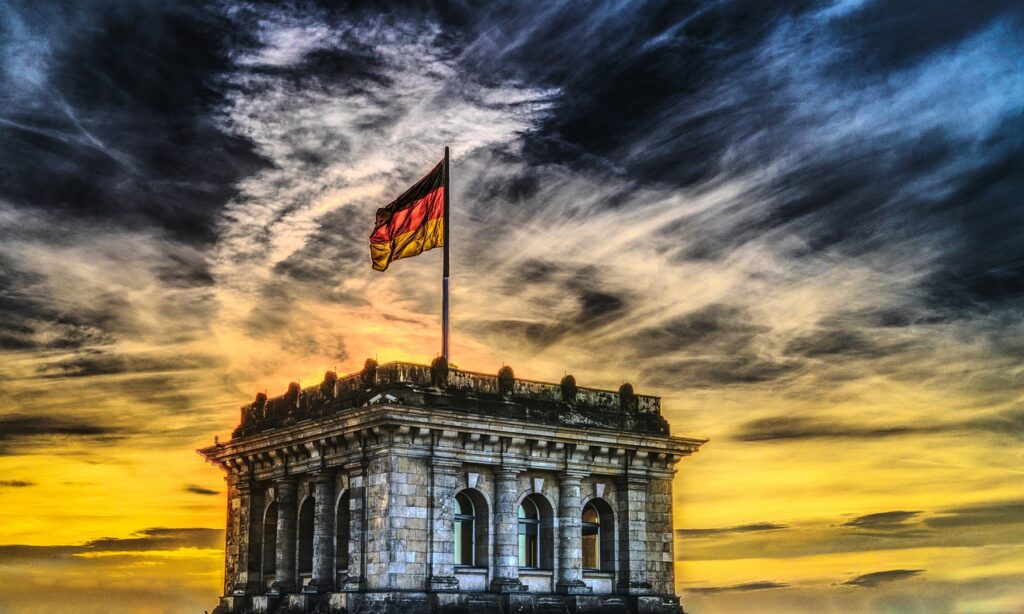Germany is witnessing a surge in the planning of green hydrogen electrolyzers. The latest report from energy group Eon, presented in Essen, reveals a notable increase in the total planned generation power, reaching 8.7 gigawatts by August 2030, up from 8.1 gigawatts in February of the same year.
Germany, a frontrunner in renewable energy initiatives, has set a target of installing at least 10 gigawatts of electrolysis power by 2030. Green hydrogen, produced through climate-neutral processes, is envisioned to play a pivotal role in the country’s transition towards a greenhouse gas-neutral economy. The H2 balance presented in the report is based on data from the Institute for Energy Economics at the University of Cologne (EWI).
As of now, 33 electrolyzers are in operation, boasting an installed capacity of 62 megawatts. The ambitious projection for 2030 anticipates 111 installations (up from 88 in February) with a collective power capacity of 8,712 megawatts. While these numbers underscore Germany’s commitment to green hydrogen, the feasibility of realizing these plans remains a subject of scrutiny.
The cornerstone of Germany’s green hydrogen ambitions lies in the deployment of electrolyzers. These devices facilitate the electrolysis process, splitting water into hydrogen and oxygen using renewable energy sources. The growing number of planned electrolyzers signals a robust commitment to scaling up the production of green hydrogen.
If Germany succeeds in realizing its green hydrogen goals, the impact on the country’s energy landscape could be transformative. Green hydrogen has the potential to serve as a clean and versatile energy carrier, applicable across various sectors such as transportation, industry, and heating. Its integration into the energy mix could significantly contribute to carbon neutrality.





